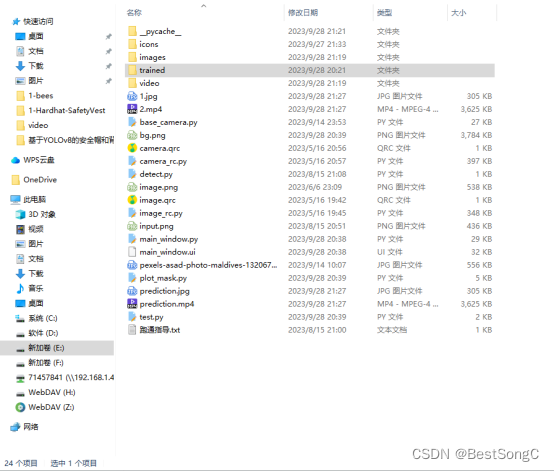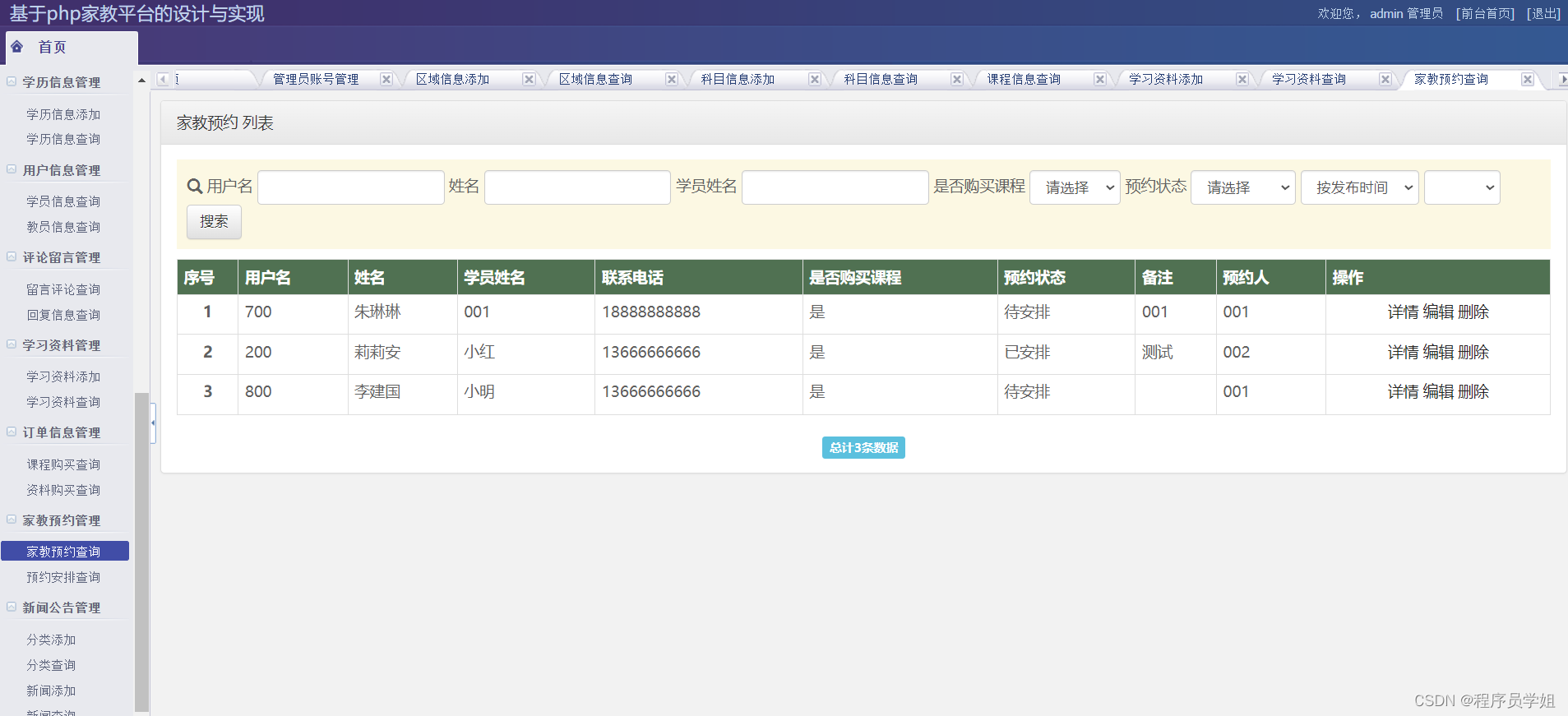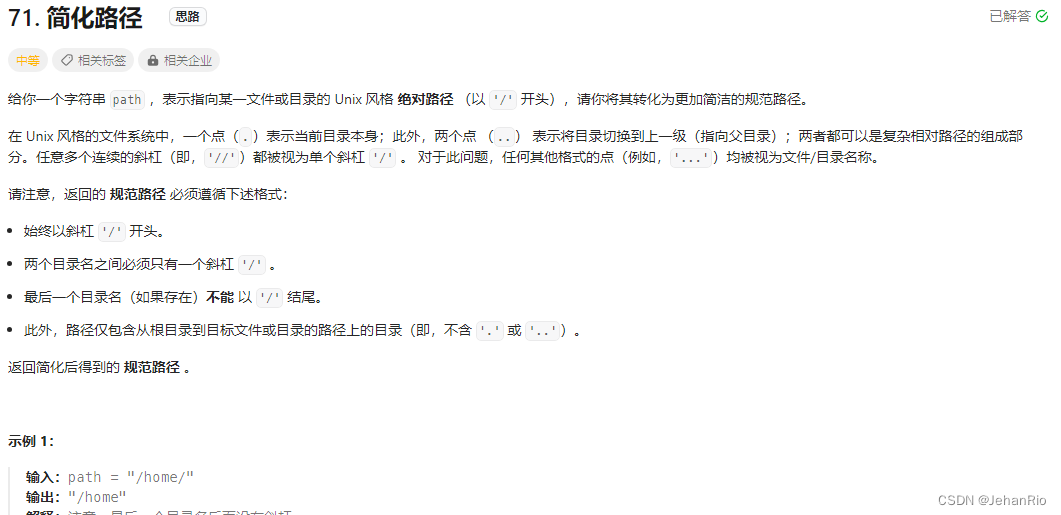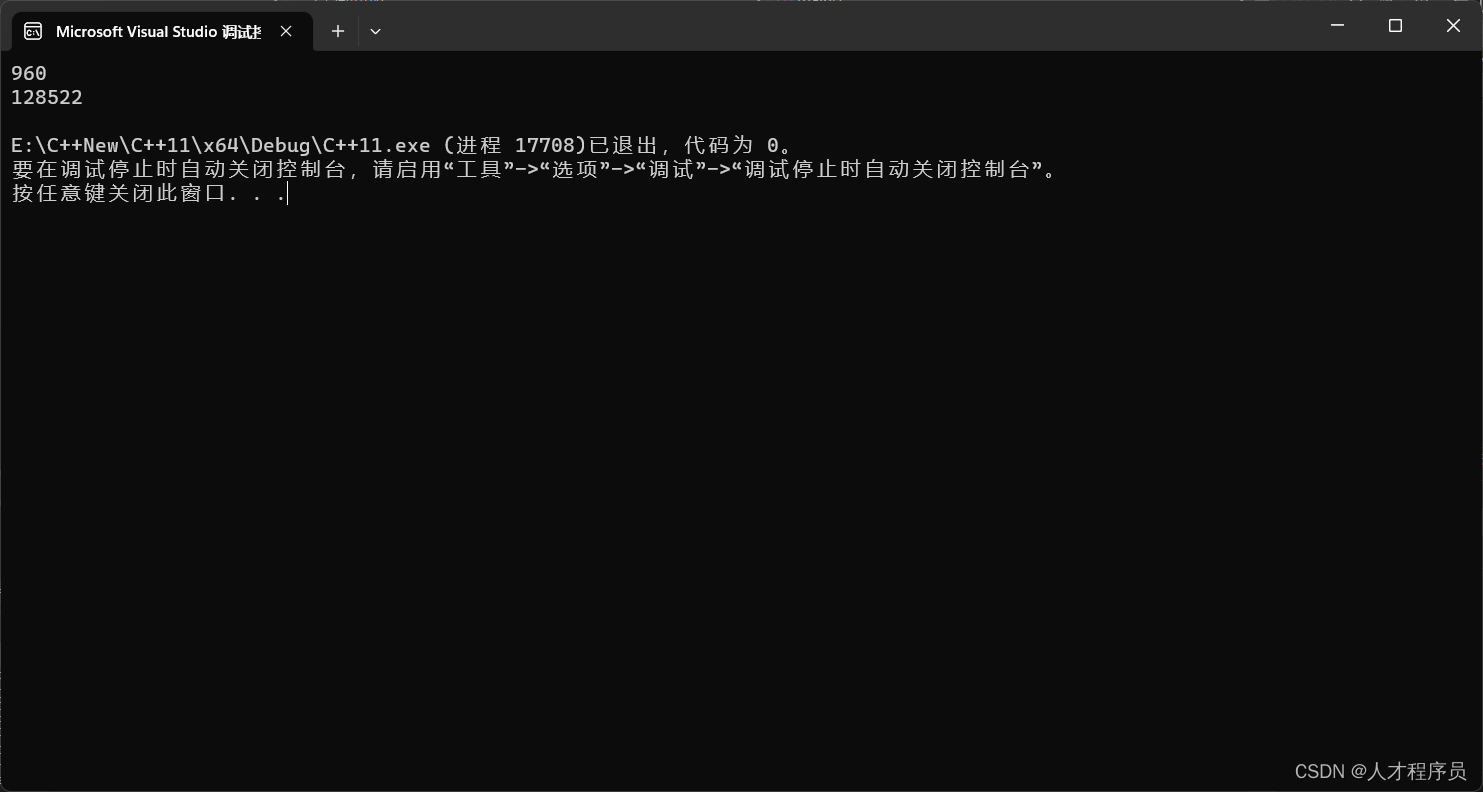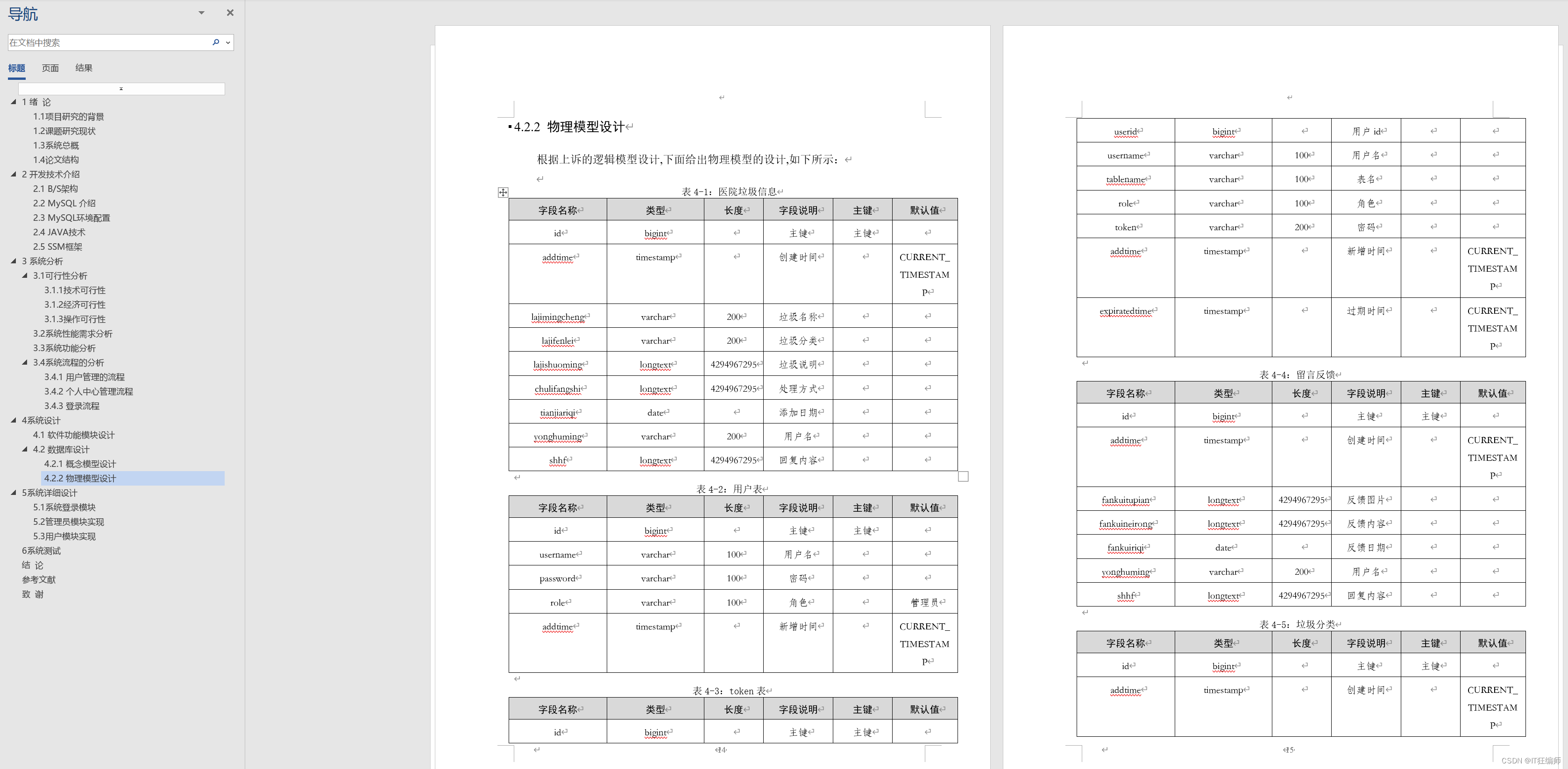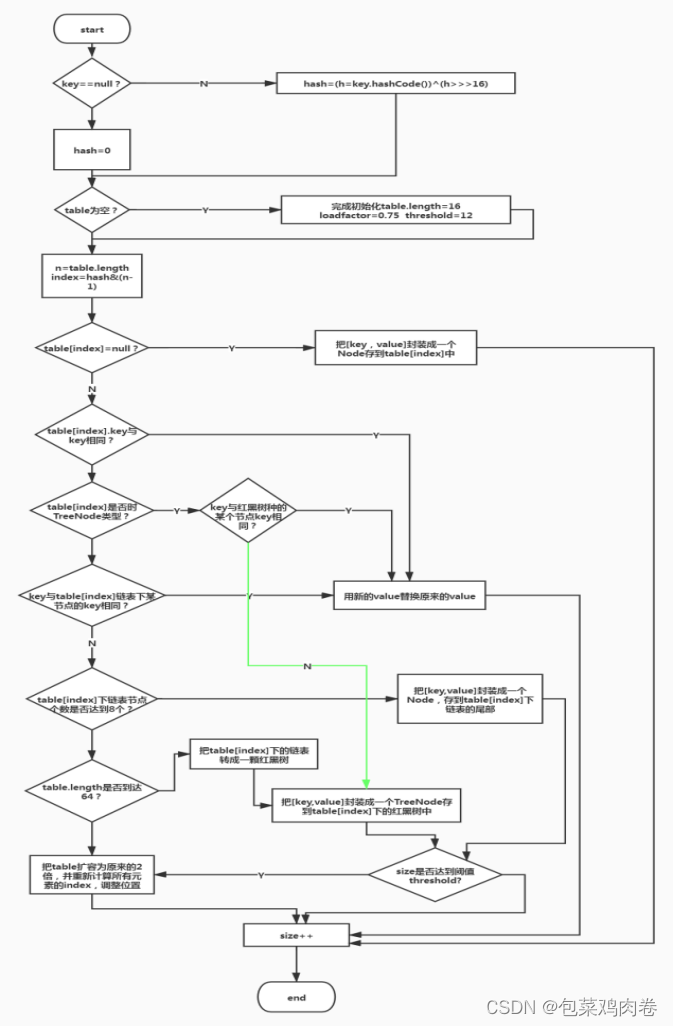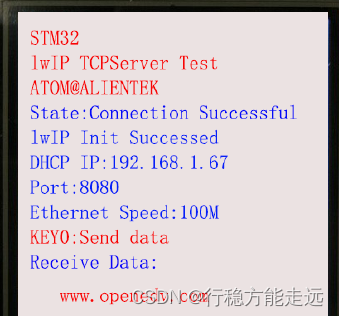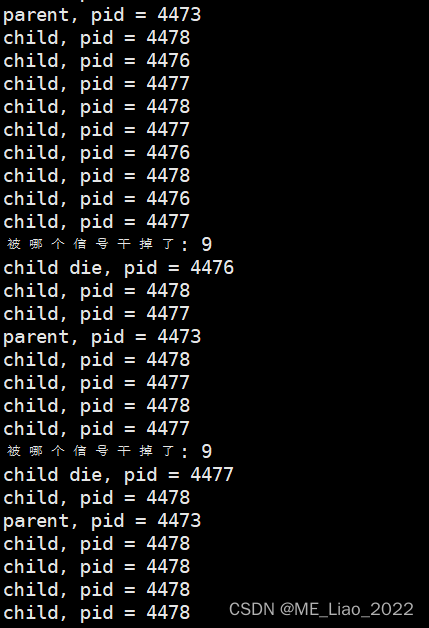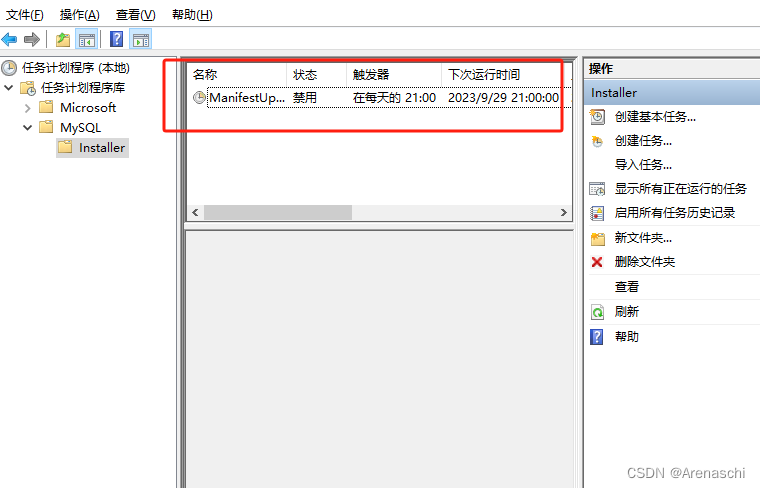一、需求:
同样的页面,不同的账号登录进去,看到的数据不一样。
二、权限管理的方式 RBAC模型

角色与数据权限的关系:
比如管理员角色,他的数据权限是全部,那么拥有该角色的用户,所能看到的数据权限就是全部部门的数据;
比如部门领导的角色,如(朝阳区经信局的部门领导),能看到整个部门以及下属部门的数据;
比如某部门处理专员角色,仅能看到该部门的数据。

三、数据权限实现
3.1 定义数据权限注解
public @interface DataAuthority {
}
3.2 注解的使用
3.2.1 定义基础的类
@Data
public class BaseDeptParam {
/**
* 可以查看的部门数据
*/
private List<Long> deptIds;
}3.2.2 接口参数继承BaseDeptParam
@Data
public class RequestParam extends BaseDeptParam {
private String id;
private String name;
}在需要数据权限的接口上,加上@DataAuthority的注解
@DataAuthority
@GetMapping(value = "/userList")
public R<PageInfo<UserInfo>> userList(RequestParam param) {
return taskStatisticsService.handlingList(param);
}3.3.3 在mybatis.xml中拼装部门的条件
select * from user b
where b.flag = 0
<if test="deptIds != null and deptIds.size()>0">
AND b.dept_id IN
<foreach collection="deptIds" open="(" close=")" item="item" index="index" separator=",">
#{item}
</foreach>
</if>3.2 注解实现类
@Aspect
@Component
public class DataAuthorityService {
@Pointcut("@annotation(com.xx.xxx.xx.annotation.DataAuthority)")
public void dataAuthorityPointCut() {
}
@Before("dataAuthorityPointCut()")
public void before(JoinPoint joinPoint) {
// 根据当前登录的用户id 查询用户的角色,再根据角色id,查询角色管理的部门ids,给deptIds赋值
Long userId = getUserId();
List<Long> roleIds = getRoleIdsByUserId();
List<Long> deptIds = getDeptIdsByRoleIds();
for (Object arg : args) {
if (arg instanceof BaseDeptParam) {
((BaseDeptParam) arg).setDeptIds(deptIds);
}
}